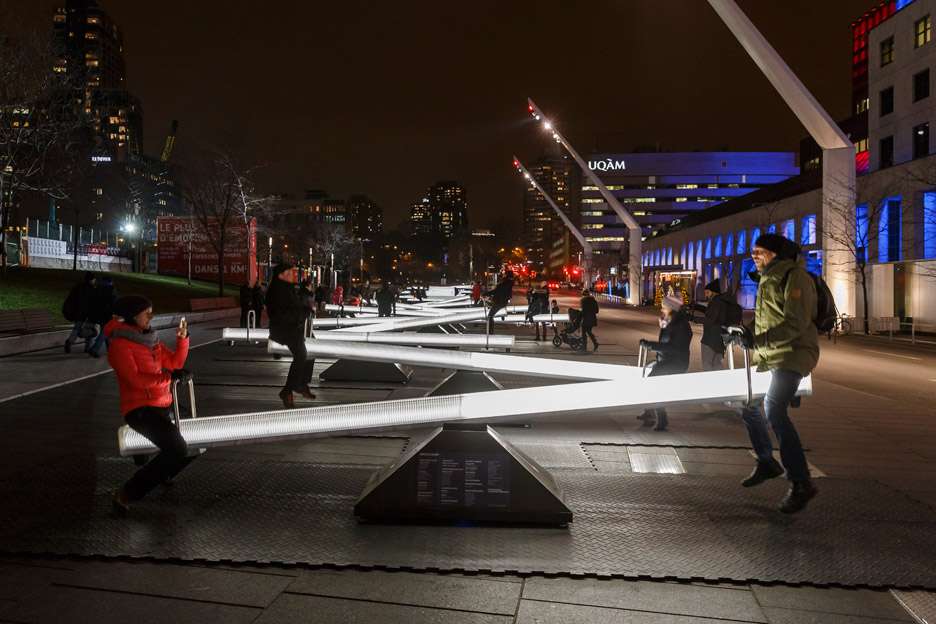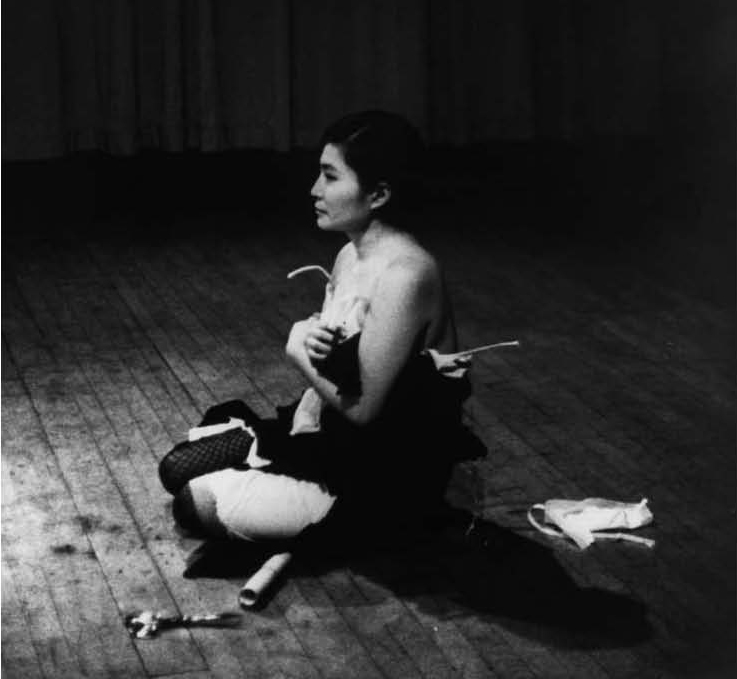Refining the details and more thoughts
Project Outline
The project will focus on fostering an experience within a space, instead of the interaction at this point of time. Ultimately, I would still want to include some degree of interaction but will focus on creating the experience first.
With regards to the artistic direction, it will remain minimalist, stripped down to the ‘element’. The project’s light projection will now project planes of light parallel to a human body.

Above: a small snippet of the visualised light projection; the light rays will form walls which are solid, yet the walls ‘curve’ around the viewers like a maze. Repetition of the light waves will be conducted throughout the entire space, to create a visual depth.
The light projections will now include coloured lights, to further push across a visual depth. (Under consideration: allow viewers to toggle with colour filters and change the colours).
After more research, the project will reference the following artists to better reflect its ideal:
James Turrell, Breathing Light (2013)
Turrell’s Breathing Light effectively creates an atmospheric space with an even lighting to promote a surreal, out of the world experience. Similarly, the intention for the project is to achieve a similar atmospheric condition, of creating an entirely different, immersive, contained experience.
Despite similarities in medium, my project would instead integrate additional dimensions, whereby the possibilities for variation of lighting schemes are maintained. Despite that, it would be good to examine the visitor’s reactions and use it as basis to predict how the audience would react for my project.
Parallels by NONOTAK (2015) and White Canvas by Cocolab (2016)

Both Parallels and White Canvas present more suitably the idea and outcome the project wishes to achieve, albeit with differences. The idea of repetitive forms hailed from White Canvas, but I wish to further simplify the light forms hence the usage of planes. At the same time, I feel that the usage of projected light planes can further increase the ‘wholeness’ and the large scale of the project.
Technicalities
As per the previous update, I would like to harness projectors onto the roof tentage of the truss room, and the projection will hail downwards.
The smoke machine still remains, as it contributes to better visuals of the light rays.
Concept
I am still exploring related concepts but have shortlisted several ideas that might relate to the project: the black hole (in space), stormy weather, haze.
Ongoing Concerns
– Would have to test out the lighting to determine the outcome of the lights
– Of not having visitors stay beyond a short period to experience the project (trying to further interactivity in the later half)
– Would prefer to integrate more analog elements within the artwork, instead of pure projections




![Act I | The Awakening [updated]](https://oss.adm.ntu.edu.sg/ttay004/wp-content/uploads/sites/542/2017/03/Screen-Shot-2017-03-30-at-7.14.09-PM-825x510.png)
![Analog Project [Documentation]: Cascade / Strings Installation](https://oss.adm.ntu.edu.sg/ttay004/wp-content/uploads/sites/542/2017/03/7-825x510.jpg)
















































